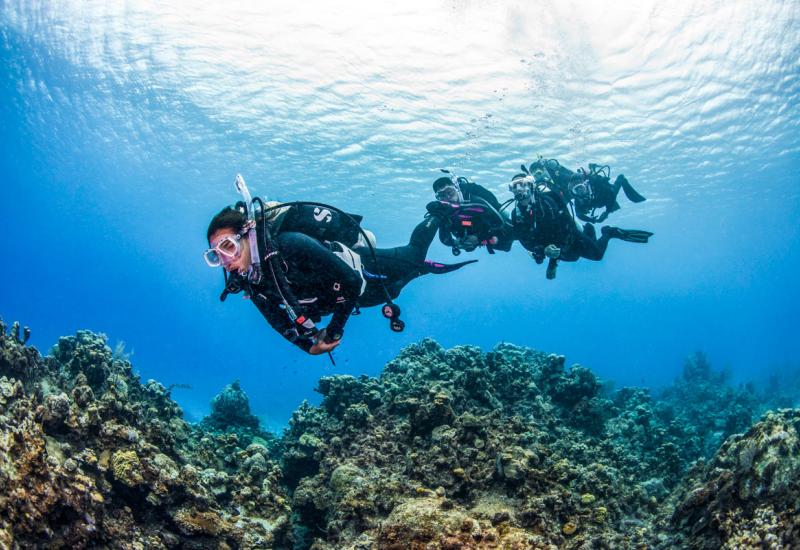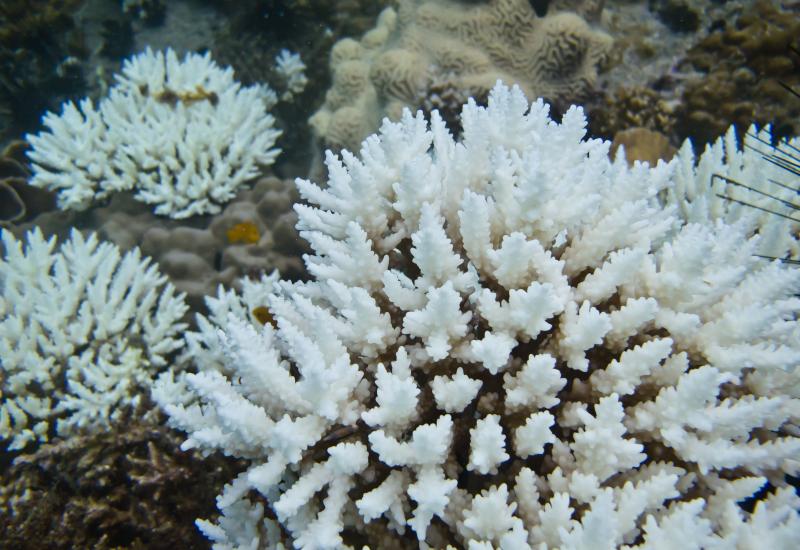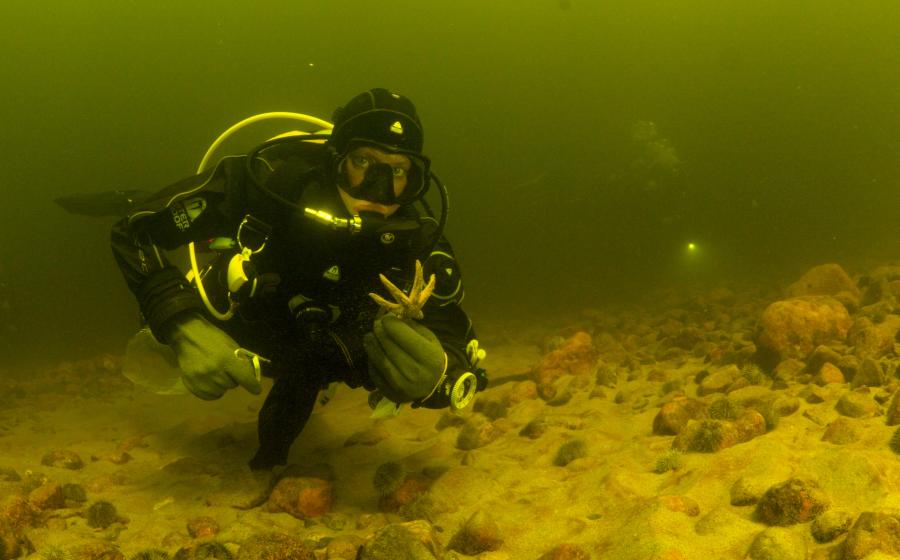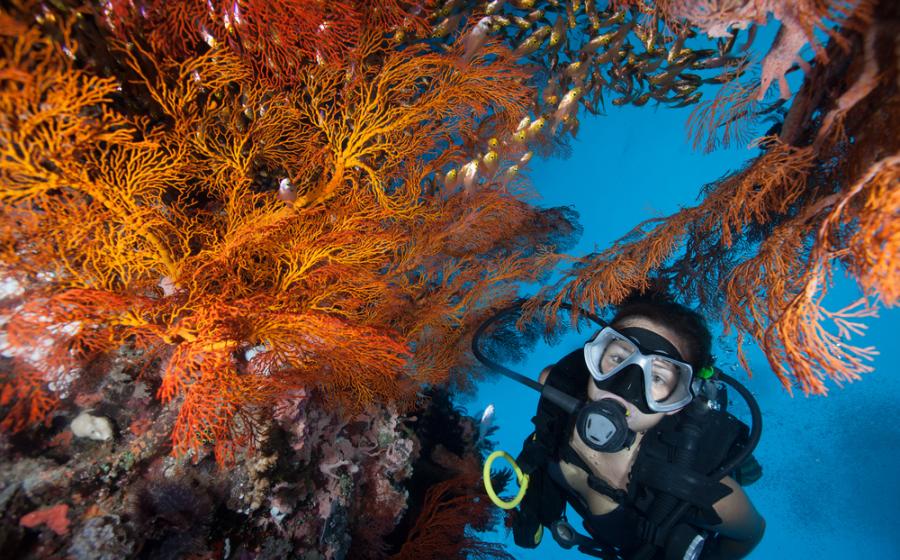Disney+ Docuseries “Secrets of the Whales” Reveals Awe-Inspiring Whale Cultures
Learning whales have culture was a “game changer” for National Geographic photographer Brian Skerry.
“They are doing things differently in different parts of the world, depending on where they live,” he says. “If we could see the ocean and our planet through the lens of culture… we might see our world in a new way.”
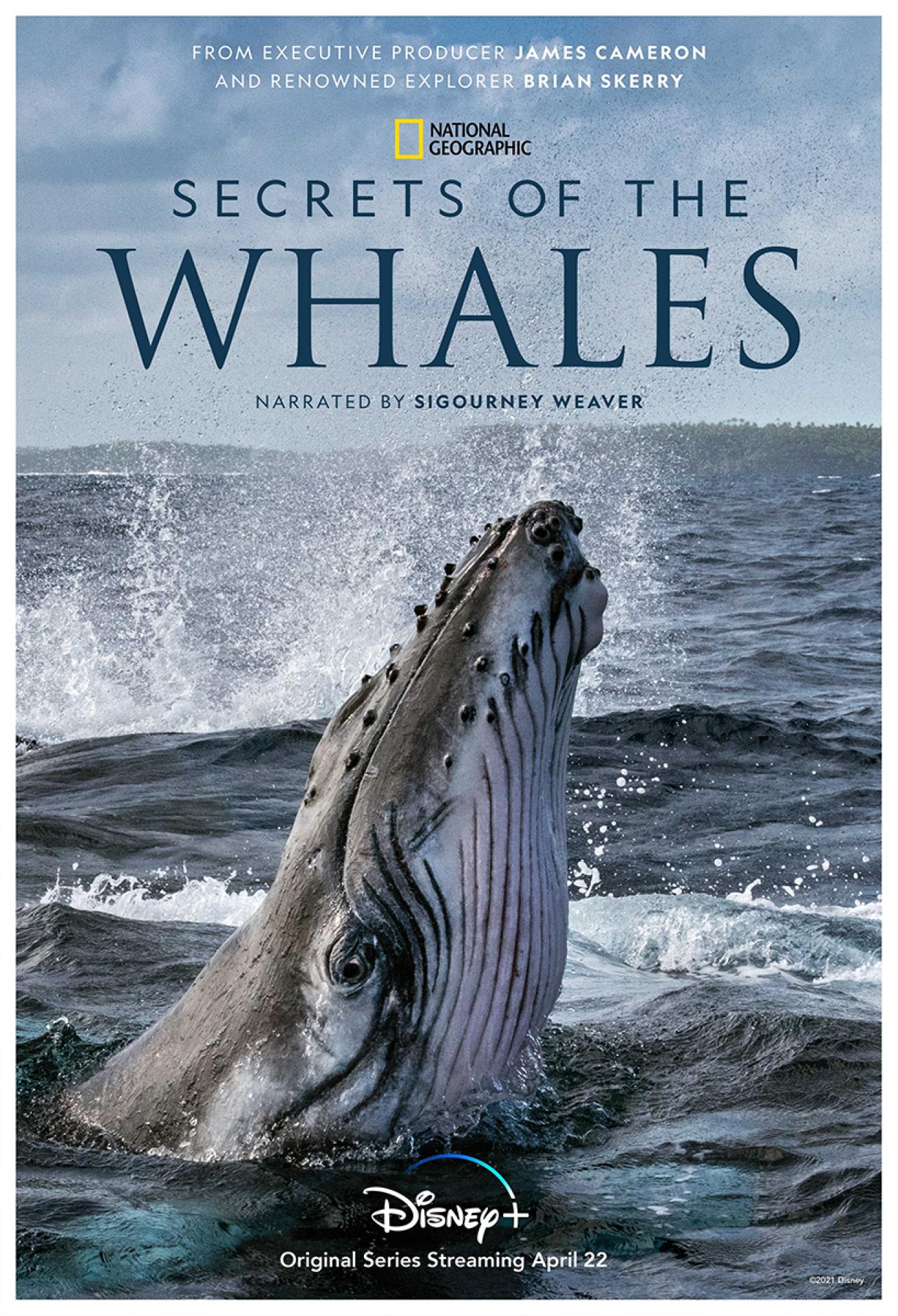
Courtesy National Geographic/Disney“Secrets of the Whales” is available now to stream on Disney+.
Skerry is giving the world that chance with “Secrets of the Whales,” a 4-part docuseries, narrated by Sigourney Weaver and directed by James Cameron, premiering on Disney+ this Earth Day, April 22nd. Filmed freediving over three years across 24 locations through a National Geographic Fellowship, the series explores the rich cultural differences between whales, including those of the same species.
Whale song is the most famous example of cetacean culture. Whale calls stay constant for generations, but songs change over time. Scientists are still trying to figure out why, but they now know out how — social learning. Social learning is “the basis of culture,” says Hal Whitehead, cetacean biologist and co-author of The Cultural Lives of Whales and Dolphins.
For humpback whales, “the songs from the east coast of Australia would spread out across the South Pacific in this very stepwise and directional fashion,” explains Dr. Ellen Garland, a researcher studying humpback whale song culture at the University of St. Andrews, on the “Humpback Hit Factory” episode of Overheard at National Geographic. “It's this amazing network — the social learning of this song type which has been culturally transmitted to another population. And there is no other animal we've discovered so far in the animal kingdom that does these sorts of population wide cultural changes at this rapid pace except for humans.”
Orcas, as shown in episode one, eat stingrays in New Zealand, fish in Norway, and seal pups in Patagonia. Scientists used to believe such differences were purely environmental — whales were simply eating what was available to them. But, over recent decades, the evidence has mounted that culture shapes these behaviors as well.
Among the most salient evidence whale dietary preferences are cultural comes from killer whales, says Whitehead. In the waters around British Columbia and Washington State, there are three distinct groups of killer whales: residents that eat salmon, transients that eat mammals like seals, and offshores, which eat deep water sharks.
“They have their own kind of food, and they won't eat the other,” says Whitehead. “This was shown very dramatically in the 1960s or early 70s when they caught a bunch of killer whales, and put them in a pen” for display. “Some of them were residents and some of them were transients…” The transients would not eat the salmon tossed in the tank. “They refused to eat what the other animals in the pen were eating. And one of them died, just starved to death. The other two eventually started eating salmon, so they actually could eat salmon, but they refused to because it wasn't part of their culture.”
Viewers can see these preferences take shape in the very first episode of “Secrets of the Whales.” Down in Patagonia, where seal pups are the dish of choice, Skerry and his documentary team caught cultural transmission in action. A grandmother, the matriarch of her matrilineal society, teaches her granddaughters the pod’s distinct hunting style of snapping seal pups off the beach. Not only does she demonstrate, but she helps them practice the different skills necessary to master it. She releases a seal pup she catches in the shallows so they can get the hang of grabbing it, and oversees one grandchild sneak up on a clump of shallow seaweed, snapping it away from the shore as if it’s lunch.
Among the incredible encounters Skerry experienced during his years in the field (such as an orca trying to share its stingray meal with him) one is of particular interest to scientists — the first ever footage of a sperm whale nursing.
“Secrets of the Whales” is available now to stream on Disney+. The book version, also entitled Secrets of the Whales, is out now, and the story will be in the May issue of National Geographic magazine, The Ocean Issue.

